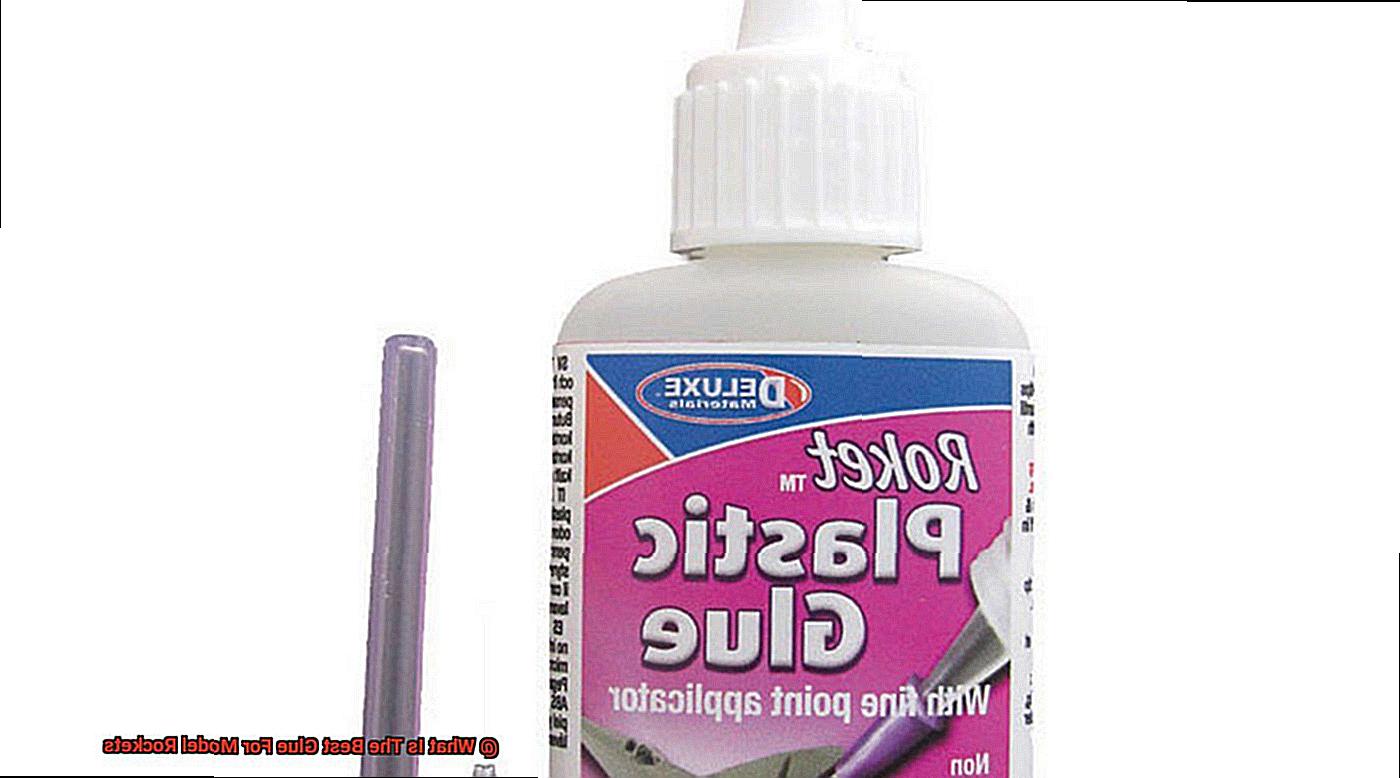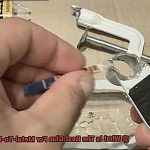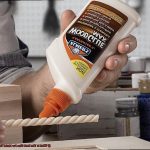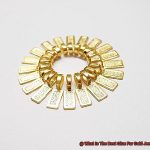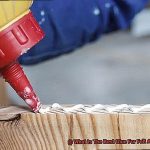Are you a model rocket enthusiast looking to take your hobby to new heights? If so, there’s one crucial factor that can make or break the success of your launch: the glue you use. With so many types of adhesives on the market, it’s easy to feel overwhelmed and unsure of which one to choose.
But fear not. As an expert in the field, I’ve done the research and testing for you. In this blog post, I’ll guide you through the various types of glue available and their unique properties. From faster drying times to stronger bonds, we’ll explore each option’s strengths and weaknesses to determine which is the best glue for model rockets.
Whether you’re a beginner or a seasoned builder, selecting the right adhesive is essential for achieving optimal performance during your rocket launches. So sit back, relax, and let’s dive into the world of model rocket glues together.
What Is Model Rocket Glue?
Contents
Model rocketry is an exhilarating hobby that requires meticulous attention to detail and precise construction. One of the most critical components of building a successful model rocket is choosing the right type of adhesive to bond all the pieces together. With an array of adhesives available, selecting the perfect one can be overwhelming. In this post, we will explore the different types of model rocket glue and their unique advantages and disadvantages.
Firstly, cyanoacrylate glue, also known as super glue, is a popular adhesive for model rocket construction. It dries quickly and forms a strong bond between materials. However, it can be brittle, making it unsuitable for larger or more complex rockets. For smaller parts or quick repairs, cyanoacrylate glue is an excellent choice.
Another option is epoxy glue, which is a two-part adhesive that creates a very robust and durable bond. Although it takes longer to dry than super glue, it can fill gaps and cracks in the rocket body, making it ideal for repairing damaged parts.
If you prefer a more traditional option, white glue, also known as PVA (polyvinyl acetate), can also be used for model rocket construction. This type of glue is easy to work with, dries clear, and is ideal for larger areas where strength is not critical.
Polyurethane glue is another option that provides a very strong bond and can fill gaps. However, it can be messy to work with and may require sanding or trimming after it dries.
Choosing the best glue for your model rocket hinges on several factors such as the size and weight of the rocket, as well as the materials being used. Experimenting with different types of adhesives to find the one that works best for your particular project is essential. When building rockets, precision and attention to detail are key, and choosing the right glue can ensure a successful launch.
In summary, here’s a list of the types of model rocket glue and their characteristics:
Types of Glue for Model Rockets
Building model rockets is a thrilling hobby that requires precision and attention to detail. One of the most crucial components of model rocketry is choosing the right type of glue. With several options available, it’s essential to understand the advantages and disadvantages of each type to ensure your rocket stays together during launch and descent.
White Glue
White glue or PVA glue is a popular choice for beginners as it is easy to work with and dries clear. It has a relatively long working time, allowing for adjustments before setting. However, white glue may not withstand stress and may not be suitable for larger or heavier rockets.
Epoxy
Epoxy is a two-part adhesive that consists of a resin and hardener mixed before use. It forms a strong bond and can be used on various surfaces. Epoxy takes longer to set than other adhesives but provides a durable bond that’s ideal for critical components such as motor mounts.
Cyanoacrylate (Super Glue)
Cyanoacrylate, commonly known as superglue, is a fast-drying adhesive that forms a strong bond between surfaces. It’s perfect for small parts or quick repairs, but it can become brittle under stress and may not be suitable for larger or heavier rockets.
Contact Cement
Contact cement is a rubber-based adhesive that creates a strong bond when two surfaces are pressed together. It’s ideal for attaching large pieces or bonding dissimilar materials. However, it has a short working time and must be applied carefully to avoid mistakes.
Wood Glue
Wood glue, also known as carpenter’s glue, is water-based and ideal for bonding wood components together. It dries clear and can be painted or sanded over once dry. However, it may not withstand stress well and isn’t recommended for non-wood surfaces.
The best type of glue for your model rocket will depend on the specific needs of your project. Consider factors such as size, weight, and materials used when selecting your adhesive. Choose a glue that’s strong enough to withstand flight but not too strong that it hinders adjustments or repairs. Additionally, some companies make rocket-specific epoxy glues designed to provide optimal strength and performance for model rockets.
Cyanoacrylate (Super Glue)
One of the most significant advantages of using super glue for your model rocket is its rapid drying time. This adhesive can bond materials in mere seconds, making it the ideal option for those who need to assemble their rockets swiftly. Bear in mind, because it dries so quickly, there is little time to make adjustments once the glue has been applied. It is crucial to be precise when using cyanoacrylate to ensure that the parts are correctly aligned.
Another benefit of using cyanoacrylate is its strength. Once cured, this adhesive can create a robust bond between materials that can endure the rigors of launch and flight. This makes it an excellent option for securing fins and other vital components of the rocket.
However, there are some precautions that must be taken when using cyanoacrylate. It can be irritating to the skin and eyes, so it’s important to wear gloves and eye protection when handling this adhesive. Moreover, cyanoacrylate can become brittle over time, particularly if exposed to high temperatures. Therefore, it may not be the best option for long-term storage or use in extreme conditions.
In summary, cyanoacrylate is a popular and effective adhesive for model rockets. Its quick drying time and strength make it an excellent option for those who need to assemble their rockets swiftly and securely. Nevertheless, it is essential to take proper precautions when using this adhesive and to consider its limitations before selecting it as your primary bonding agent.
Epoxy
Say goodbye to weak adhesives and hello to epoxy – the two-part adhesive that creates an incredibly strong and durable bond.
Epoxy is a popular choice for model rocketry due to its strength and clear drying properties. When mixed together, the resin and hardener create a bond that can withstand the stresses of launch and flight. Plus, it dries clear, making it perfect for models with transparent or translucent parts.
However, there are some drawbacks to using epoxy as well. Mixing the two components can be messy and time-consuming, so it’s important to follow the manufacturer’s instructions carefully. Additionally, epoxy has a relatively long curing time, which can slow down the building process.
When selecting an adhesive for your model rocket project, consider the factors of drying time and ease of use. While epoxy may be ideal for some situations, it may not be the best option for all projects.
To ensure success when using epoxy as a glue for model rockets, mix the components in the correct ratio and allow enough time for the epoxy to fully cure before handling the model. With proper precautions and considerations, epoxy can be an effective adhesive option for your model rocket project.
White Glue (PVA)
Look no further than white glue, also known as PVA. As an expert in this field, I’m here to share all the advantages and drawbacks of using white glue for model rocket construction.
One of the main benefits of white glue is its versatility. It’s water-soluble, dries clear, and has a relatively long drying time, which allows for adjustments to be made before it sets. This makes it an excellent choice for hobbyists who need a little wiggle room during their rocket-building process. Plus, it’s budget-friendly and readily available at most craft and hardware stores.
However, there are some downsides to using white glue. While it may be a versatile choice, it may not provide the strongest bond compared to other adhesives like super glue or epoxy. It’s also not recommended for use in humid or wet conditions as it may lose its adhesive properties and become brittle.
When using white glue for model rocket construction, it’s important to apply it thinly and evenly to avoid adding excess weight to the rocket. It’s also crucial to allow sufficient drying time before attempting to sand or paint the rocket.
So why choose white glue over other adhesives? Well, for one thing, it’s non-toxic and safe to use in well-ventilated areas. Plus, it’s an affordable option that won’t break the bank if you’re on a tight budget.
Other Considerations in Choosing the Right Glue
In our previous section, we explored how white glue can take your model rocketry game to new heights. However, there are some other critical factors to keep in mind when choosing the right glue for your model rockets.
Firstly, the drying time of the glue is a crucial consideration. Waiting for the glue to dry can be frustrating, especially when you’re on a tight schedule or need to make adjustments after gluing. However, some adhesives may dry too quickly, making it difficult to reposition parts before they become permanently attached. Therefore, it’s essential to choose a glue that provides ample working time but also dries efficiently.
The strength of the glue is another vital factor to consider. During launch and flight, your model rocket experiences high levels of stress and pressure. Therefore, it’s crucial to choose an adhesive that can withstand these forces and ensure a successful launch. Otherwise, you may end up with a failed launch or damaged rocket.
The type of material being glued is also an essential factor to keep in mind. Different glues work better with specific materials such as wood, metal, or plastic. Using the wrong type of adhesive could result in weak adhesion or even damage to the materials being used. Make sure you choose the appropriate glue for the materials you’re working with.
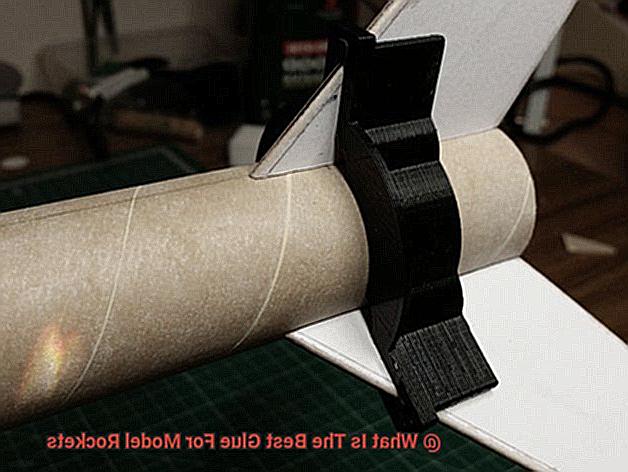
Lastly, safety should always be a top priority when using any type of adhesive. Some glues contain harmful chemicals or emit toxic fumes during use. Therefore, it’s crucial to use these products in a well-ventilated area and follow all safety precautions recommended by the manufacturer.
Pros and Cons of Each Type of Glue
Choosing the right glue is a critical step in ensuring your creation stays together and soars high. With so many options available, understanding the pros and cons of each type of glue is essential. As an expert, I’m here to guide you through the decision-making process.
First up, we have white glue or PVA. This glue is a popular choice among model rocket builders due to its ease of use and affordability. It dries clear and is water-soluble, making it easy to clean up any excess. However, white glue may not be as strong as other types of glue, and it can take longer to dry.
Next, we have cyanoacrylate or CA glue – also known as superglue. This adhesive is popular because it dries quickly and forms a strong bond. However, its fast-drying nature can make it challenging to use, and it may not be suitable for certain materials.
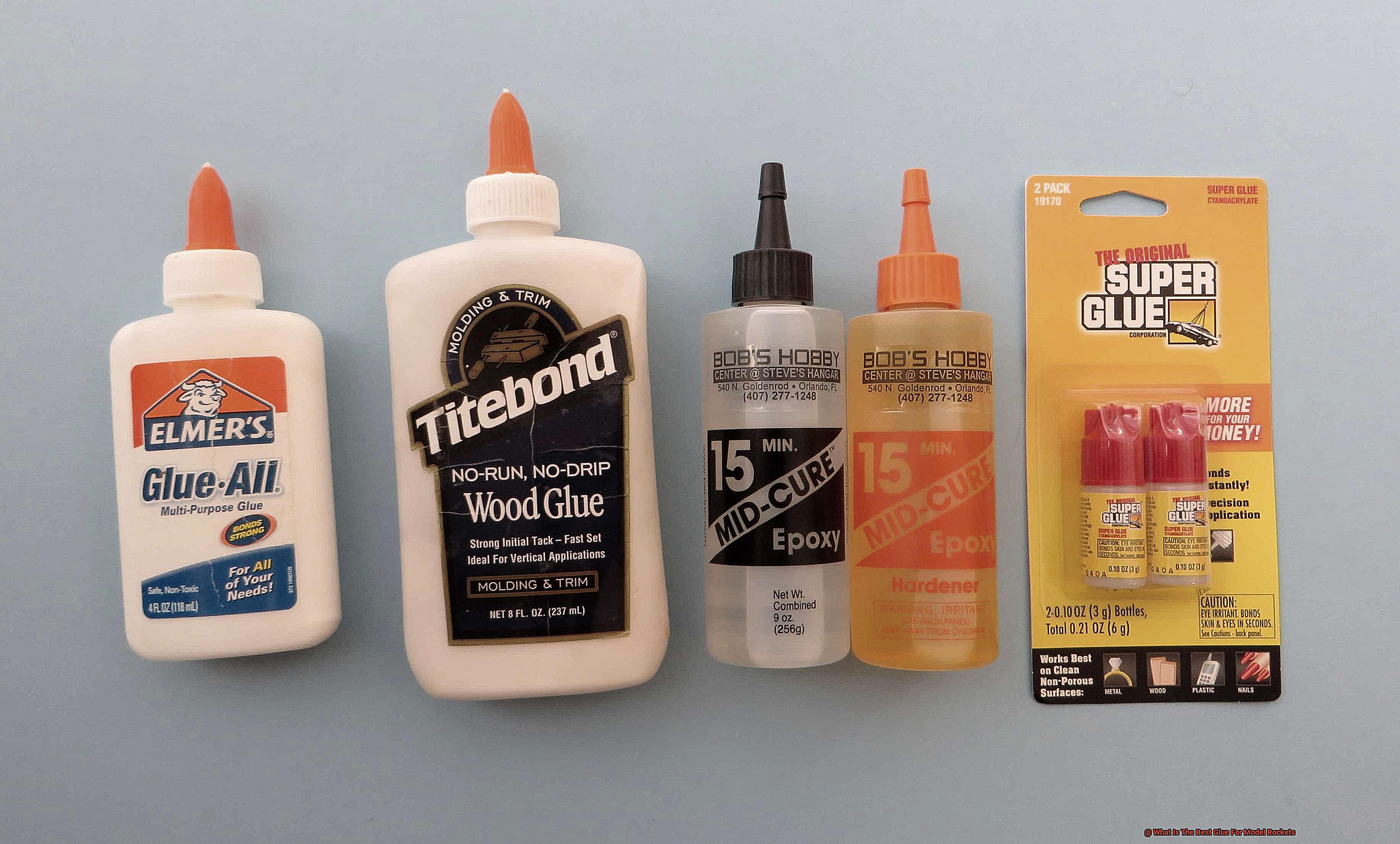
If you’re looking for an adhesive that forms an incredibly strong bond, then epoxy is the way to go. This two-part adhesive is perfect for use on materials like metal or plastic and dries clear. However, its thick consistency can make it challenging to work with, and it has a long curing time.
Lastly, we have contact cement – ideal for bonding large surfaces together, such as attaching fins to a rocket body. It forms a strong bond when both surfaces are coated and allowed to dry before being pressed together. However, contact cement can be messy to work with and has a strong odor.
To sum up, each type of glue has its pros and cons. When choosing the best glue for your model rocket project, consider the materials you will be working with, the strength needed for your rocket’s success, as well as your personal preferences for ease of use and clean-up. Here’s a quick rundown of each:
White Glue (PVA):
Pros: easy to use, affordable, dries clear, water-soluble
Cons: not as strong as other types of glue, slow to dry
Cyanoacrylate (CA) Glue:
Pros: dries quickly, forms a strong bond
Cons: difficult to work with, may not be suitable for certain materials
Epoxy:
Pros: forms an incredibly strong bond, ideal for use on metal or plastic, dries clear
Cons: thick consistency, long curing time
KLxTjeFC_5o” >
Conclusion
In conclusion, selecting the perfect glue for your model rocket project is paramount to its triumph. The vast array of adhesives available can be overwhelming, but comprehending the unique characteristics of each type can simplify the decision-making process.
White glue or PVA is a cost-effective and user-friendly option that dries clear and dissolves in water. Cyanoacrylate or superglue sets rapidly and creates a robust bond, but it may not be suitable for all materials. Epoxy forms an incredibly sturdy and long-lasting bond, yet its thick consistency and extended curing time require careful attention. Contact cement is ideal for bonding large surfaces together but can be messy to handle.
When picking the best glue for your model rocket project, it’s crucial to take into account factors such as drying time, strength, material used, ease of use, and safety precautions. Experimenting with various types of adhesives may also help determine which one works best for your specific project.
Regardless of which adhesive you choose, precision and attention to detail are fundamental when building model rockets.

